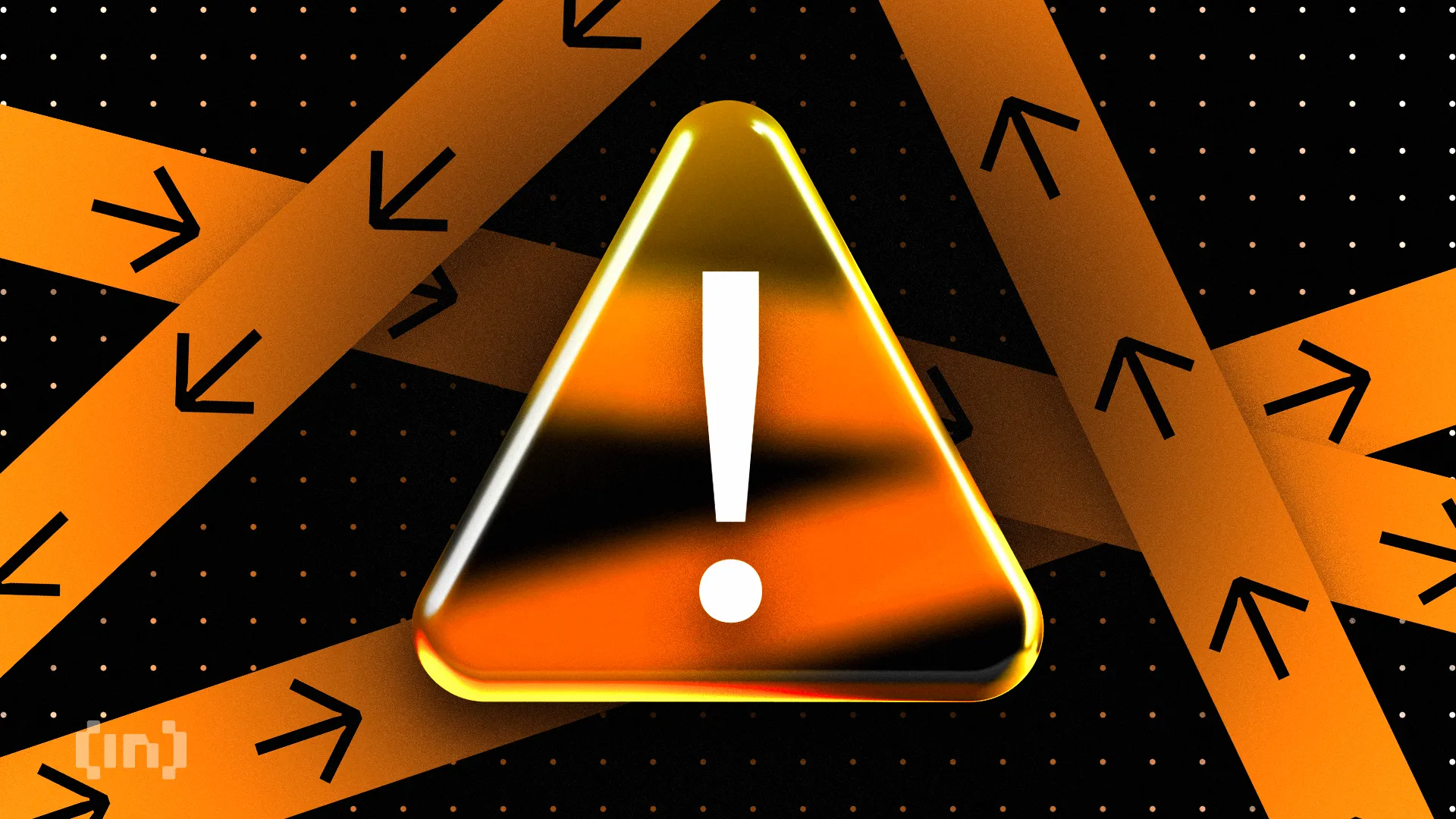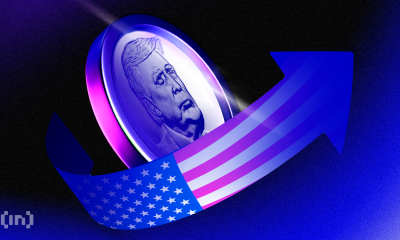Market
5 Artificial Intelligence (AI) Altcoins to Watch in June 2024

The world of artificial intelligence (AI) is rapidly evolving, and the integration of blockchain technology is fueling a new wave of innovation known as AI tokens.
These tokens power various projects aiming to revolutionize how AI is developed, accessed, and utilized.
Exploring AI Tokens: Technical Outlook for Bittensor, The Graph, and More
This analysis dives into the exciting world of AI tokens, exploring some of the leading players like Bittensor (TAO), The Graph (GRT), SingularityNET (AGIX), Ocean Protocol (Ocean), and Fetch.ai (FET).
We’ll analyze their technical outlook using the Ichimoku Cloud indicator to see if these projects’ current hype translates to potential buying opportunities.
Bittensor (TAO)
Bittensor aims to create a decentralized network for machine learning. It is a peer-to-peer network where users can create, train, share, and trade machine learning models, fostering a collaborative AI environment.
Bittensor aspires to form a collective intelligence like a global brain by connecting various models globally. Utilizing blockchain technology built on the Substrate framework, Bittensor ensures a secure, transparent, and censorship-resistant platform.
Technical Outlook
TAO experienced a sharp correction, which still continues. The drop below $410 is a bearish signal since the $410 line represents a flat Ichimoku baseline plateau.
Read more: Top 9 Artificial Intelligence (AI) Cryptocurrencies in 2024

This could lead the price to continue the downtrend to $335. Buying TAO at these price levels is interesting. A break above $410 could lead TAO to reach the Ichimoku cloud, which is located between $480 and $550.
The Graph (GRT)
The Graph makes blockchain data accessible by acting as an intermediary, allowing AI developers to easily search for, find, and retrieve relevant data from blockchains. This data is essential for training AI models across various fields, such as financial analysis, supply chain management, and creative applications.
Technical Outlook
GRT is down 40% from its local high of $0.49. The price currently trades inside the daily Ichimoku cloud, which ranges between $0.26 and $0.34, an important zone to watch.
Breaking above $0.34 could lead to the price appreciating and reaching the important resistance zone at $0.36, which has proven to be a significant price line for GRT.
Read More: The Graph (GRT) Price Prediction 2024/2025/2030
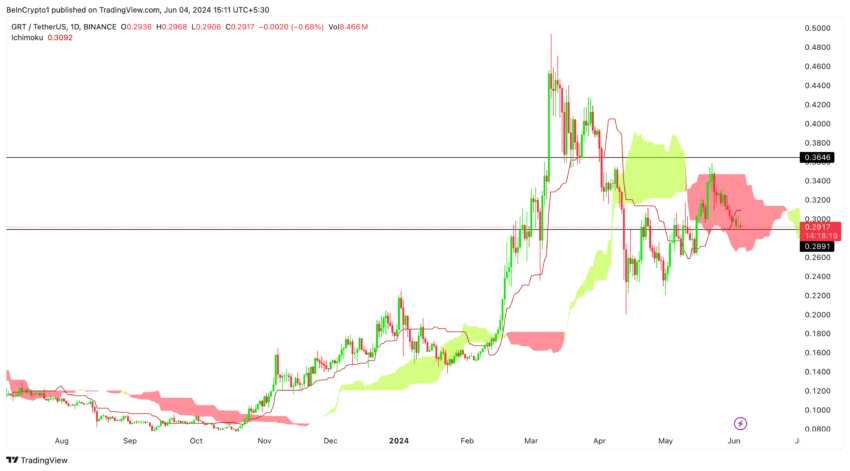
Buying GRT at these levels or lower could be advantageous. A break below the Ichimoku cloud could incentivize a further ongoing correction. Monitoring the cloud could be a good strategy to determine where to buy GRT.
SingularityNET (AGIX)
SingularityNET is a blockchain-based AI marketplace. It allows developers to create and share AI services, monetize their expertise by earning AGIX tokens, and users to find and use specific AI solutions.
Technical Outlook
AGIX is currently trading at the lower boundary of the daily Ichimoku cloud, indicating potential price indecision. If the price drops below the Ichimoku cloud, it could signal bearish momentum and push the price down to $0.84. Should the price break below the $0.84 support level, it could further decline to $0.65.
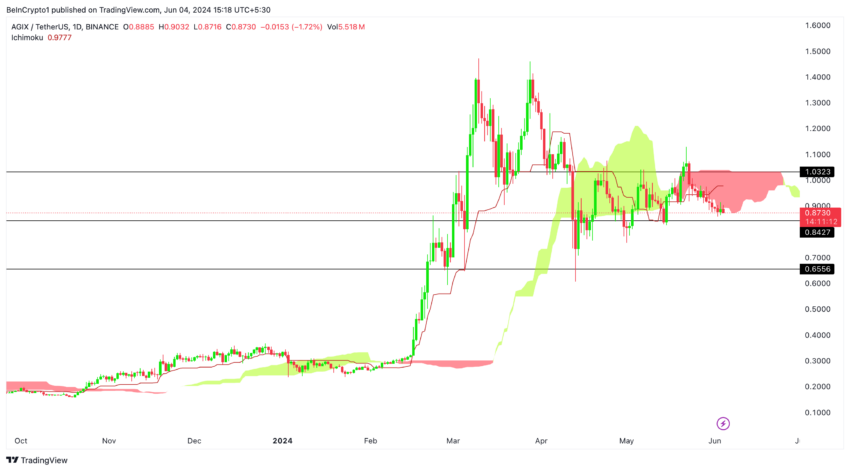
Buying AGIX between $0.84 and $0.65 might be a good investment entry point. Conversely, if the price moves above the cloud, this could indicate a trend reversal and an increase in price to the $1 resistance level, which marks the upper boundary of the cloud.
A breakout above this level could signal a bull run, driving AGIX to a local high of $1.46.
Ocean Protocol (OCEAN)
Ocean Protocol creates a secure and open marketplace for data sharing and monetization. It facilitates transactions using blockchain technology, allowing data owners to create tokens (DATs) representing access rights to their data. This enables controlled sharing and pricing while enhancing privacy and security.
Technical Outlook
Ocean’s price took a hit during a recent Bitcoin correction. When Bitcoin fell from $73,000 to $56,000, Ocean dropped from $1.60 to $0.62, representing a significant decrease of 62%. Currently, Ocean is trading at $0.88, right at the bottom of the daily Ichimoku Cloud.

A break below the Ichimoku Cloud could trigger significant selling pressure, pushing the price down to the key support level of $0.80. If that level breaks, Ocean could fall further to its previous low of $0.62.
However, considering Bitcoin’s recent performance, buying Ocean at these levels could be an attractive option for long-term investors.
Fetch.ai (FET)
Fetch.ai combines AI and blockchain to create an autonomous agent economy. It envisions a future where software agents represent individuals, organizations, and devices interacting on a decentralized network.
Fetch.ai provides developers with tools to build agents with specific capabilities, ensuring secure and transparent interactions within its ecosystem. The native token, FET, is used for transactions within the network, including agent communication and data access.
Technical Outlook
Fetch.ai’s (FET) price is currently testing a crucial support level, attempting to break below the Ichimoku Cloud on the daily chart. If this downward trend continues and FET fails to revisit the cloud’s lower boundary, a further price decline to $1.8 is possible.
This $1.8 level acts as significant support and a break beneath it could trigger a steeper drop to $1.5.

However, this price range between $1.5 and $2 for long-term investors could present a good buying opportunity. Despite the volatility inherent to FET, a potential upside exists if Bitcoin manages to break its all-time high of $73,800, which could lead to a swift recovery in FET’s price.
Conclusion: Long-Term Potential and the Bitcoin Factor
The AI token market presents a fascinating opportunity for investors with a long-term perspective. These projects are at the forefront of a technological revolution that could reshape various industries. While short-term volatility is to be expected, successful AI projects have the potential to generate significant returns for investors who believe in their long-term vision.
Here’s where Bitcoin comes in. The cryptocurrency market often exhibits a domino effect, with Bitcoin’s price movements influencing the prices of altcoins, including AI tokens.
Read More: 4 Biggest Crypto Predictions for June 2024
A potential surge in Bitcoin’s price, especially towards the often-discussed $100,000 mark and beyond during a bull market, could catalyze significant gains in the AI token space.
Disclaimer
In line with the Trust Project guidelines, this price analysis article is for informational purposes only and should not be considered financial or investment advice. BeInCrypto is committed to accurate, unbiased reporting, but market conditions are subject to change without notice. Always conduct your own research and consult with a professional before making any financial decisions. Please note that our Terms and Conditions, Privacy Policy, and Disclaimers have been updated.
Market
XRP Price Vulnerable To Falling Below $2 After 18% Decline
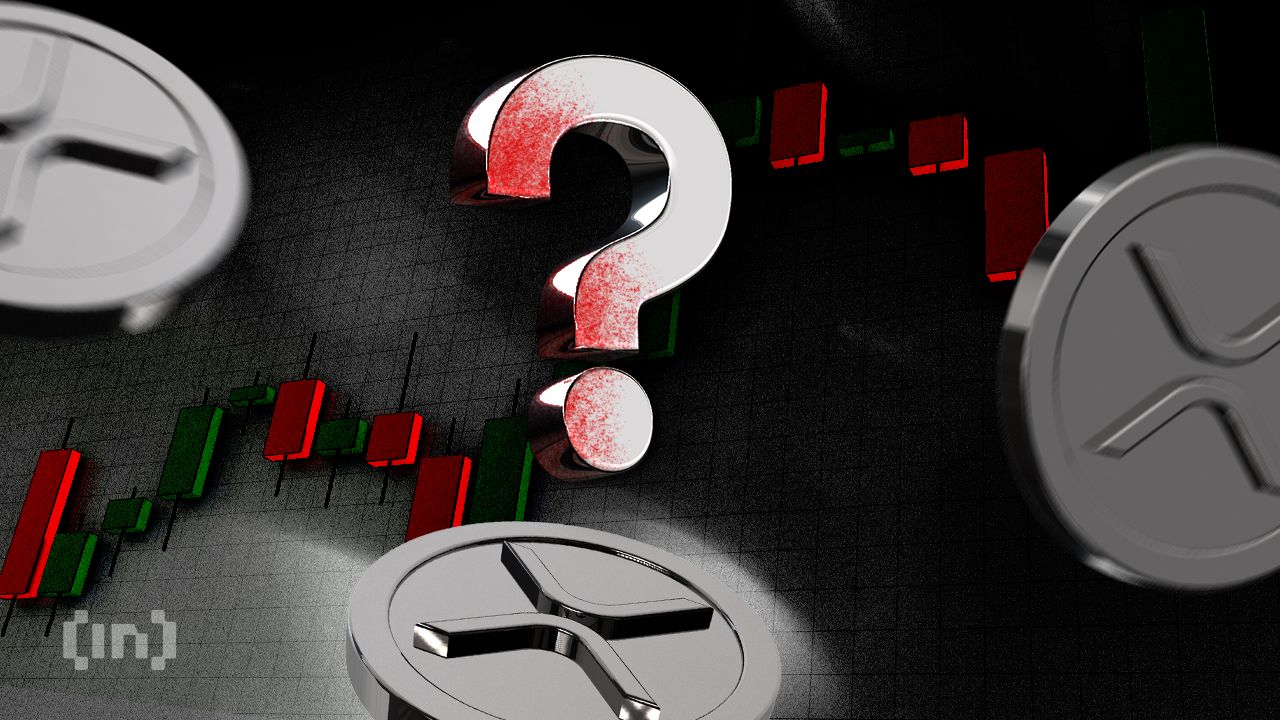
XRP has faced a significant correction in recent weeks, resulting in an 18% decline in the altcoin’s price. As a result, XRP is currently struggling to maintain upward momentum, with investors losing confidence.
This recent slump has raised concerns about the asset’s future, especially as certain XRP holders begin to sell their positions, increasing bearish pressure.
XRP Investors Are Pulling Back
The recent downturn in XRP’s price has triggered a sharp spike in the “Age Consumed” metric. This indicator tracks the movement of coins from long-term holders (LTHs) and has reached its highest level in over four months. The increase suggests that LTHs, who have been holding XRP for extended periods, are now losing patience.
This selling behavior may be driven by the lack of price recovery and the overall weak market conditions that have not improved. These holders appear to be attempting to limit their losses by liquidating their positions, which in turn increases the downward pressure on XRP’s price. This mass selling from LTHs further compounds the challenges for XRP, as their decision to sell is often seen as a sign of waning confidence in the cryptocurrency.

XRP’s market momentum appears to be weakening, as evidenced by the recent decline in the number of new addresses. The metric tracking new addresses has fallen to a five-month low, suggesting that XRP is struggling to attract new investors. This lack of fresh interest signals growing skepticism within the broader market, with potential investors hesitant to buy into an asset that has failed to deliver strong price action.
The drop in new addresses reflects a broader trend of reduced market traction and the lack of conviction from buyers. When combined with the selling pressure from LTHs, it creates a challenging environment for XRP to regain bullish momentum
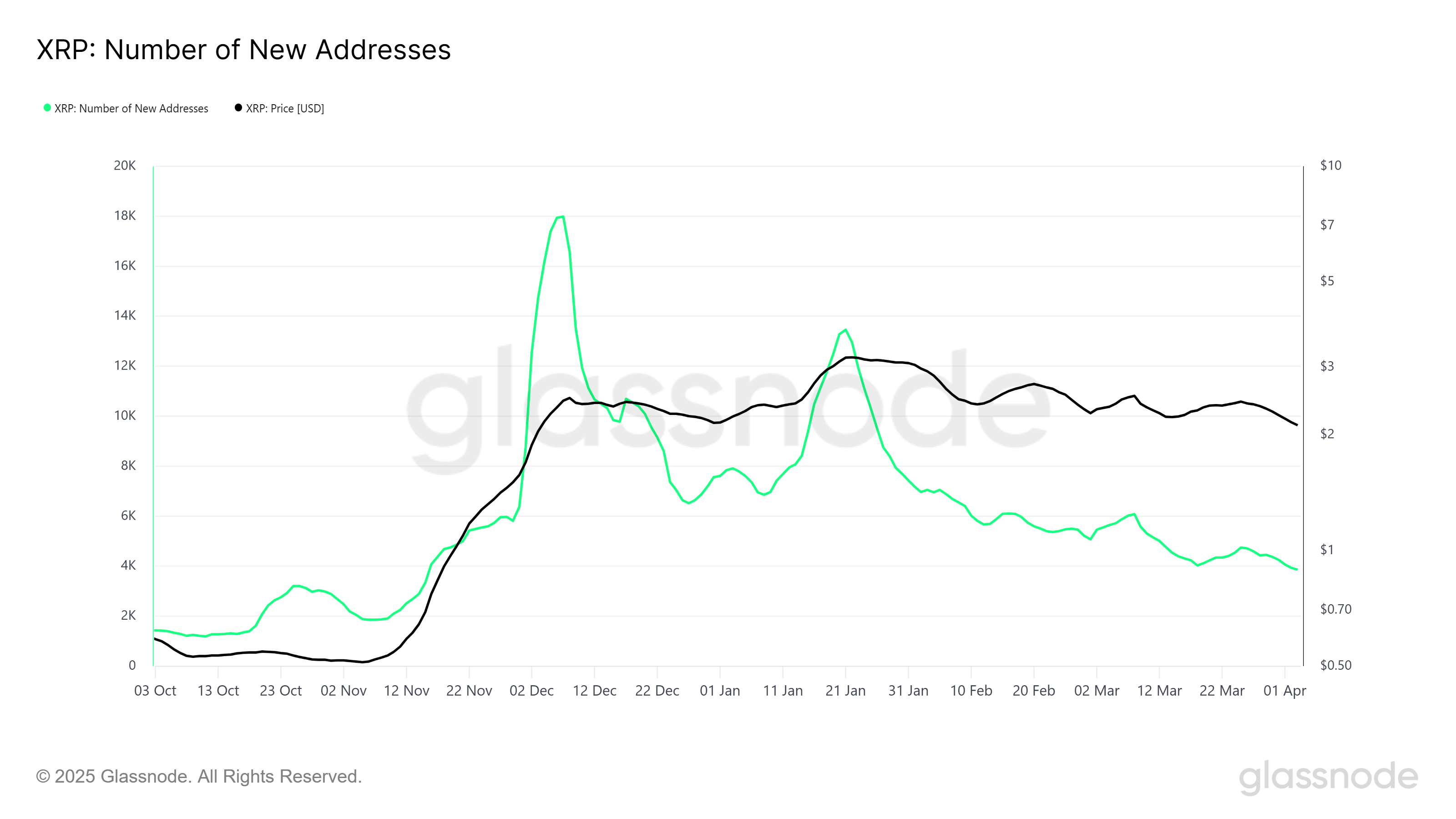
XRP Price Needs A Boost
XRP’s price is currently holding at $2.06, just above the key support level of $2.02. If it manages to stabilize and break through the immediate resistance at $2.14, there could be a potential rebound, taking XRP higher.
However, with the continued weakness in market sentiment and the aforementioned bearish cues, XRP remains vulnerable to further declines. If the support of $2.02 fails, the price could drop further to $1.94, extending the 18% decline noted in the last two weeks.
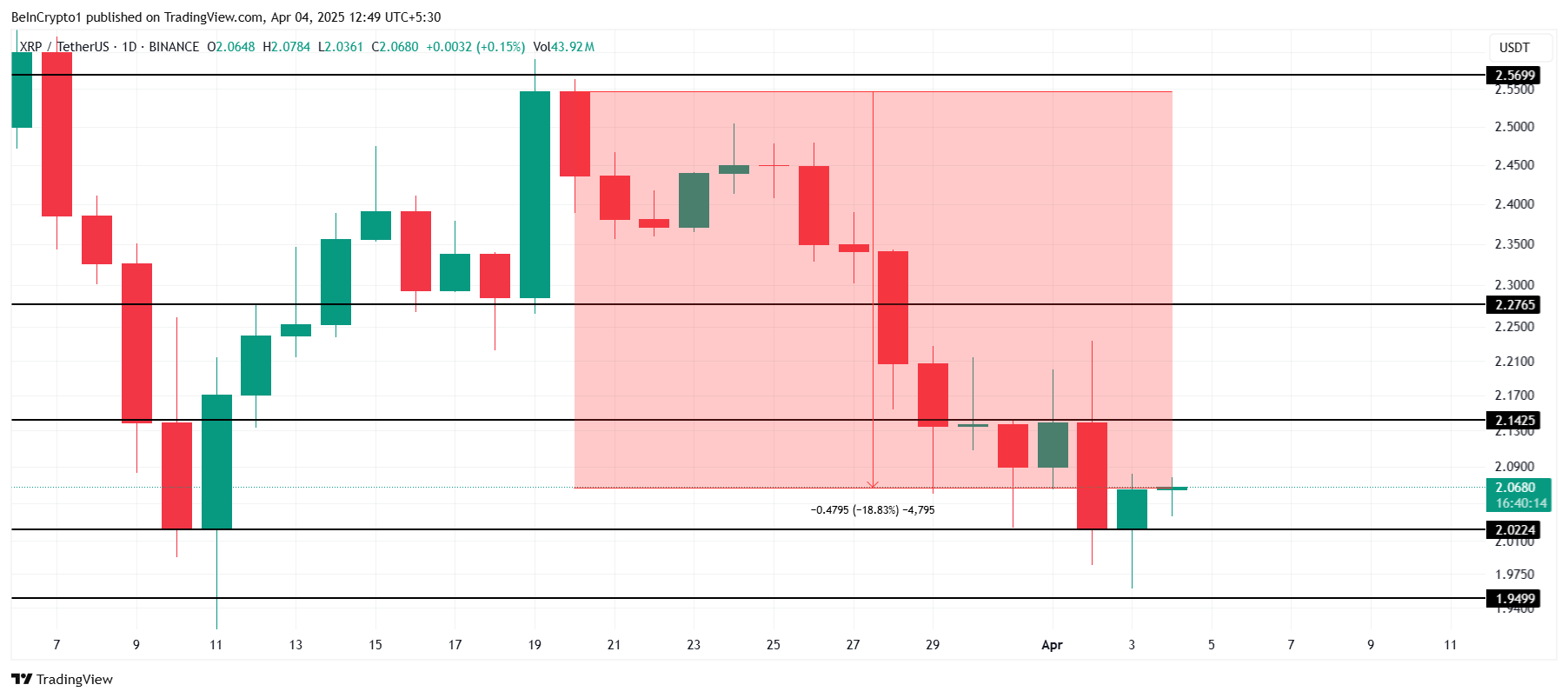
If XRP manages to reclaim the $2.14 level and holds above it, the price could make its way toward $2.27. Breaching this level would invalidate the bearish outlook, signaling a potential recovery and restoring investor confidence in the cryptocurrency.
Disclaimer
In line with the Trust Project guidelines, this price analysis article is for informational purposes only and should not be considered financial or investment advice. BeInCrypto is committed to accurate, unbiased reporting, but market conditions are subject to change without notice. Always conduct your own research and consult with a professional before making any financial decisions. Please note that our Terms and Conditions, Privacy Policy, and Disclaimers have been updated.
Market
HBAR Futures Traders Lead the Charge as Buying Pressure Grows
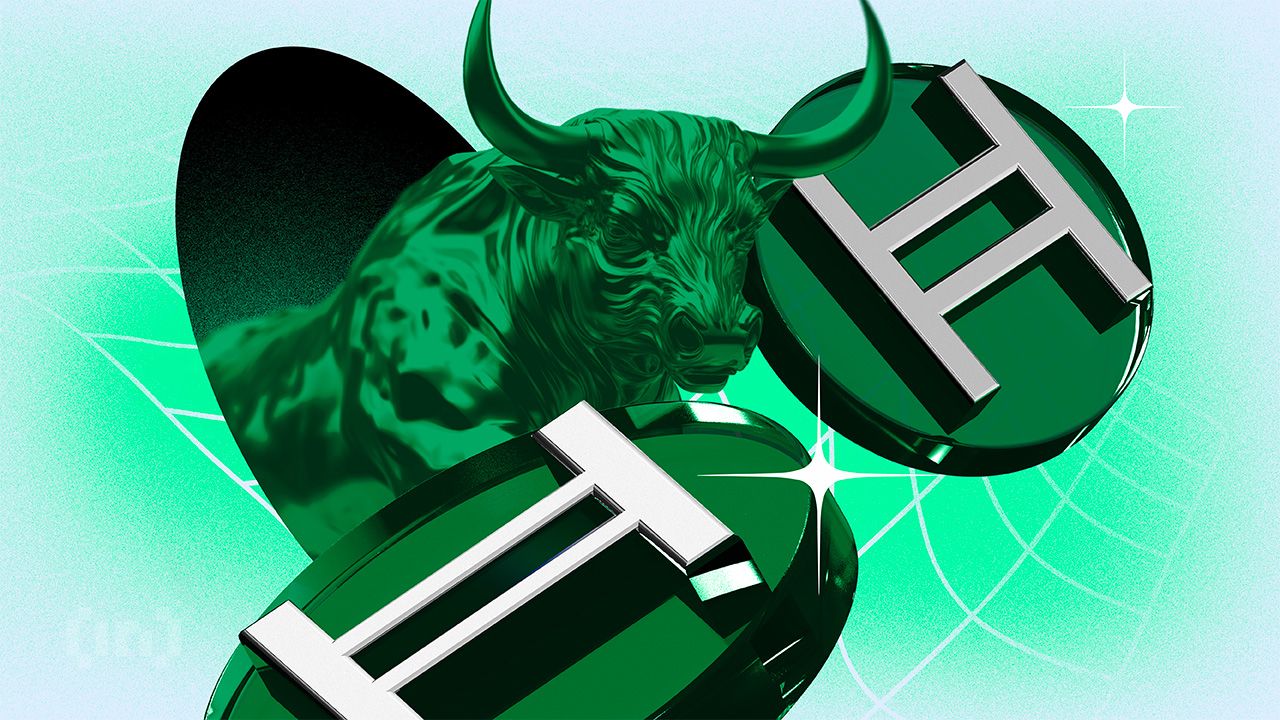
Hedera Foundation’s recent move to partner with Zoopto for a late-stage bid to acquire TikTok has sparked renewed investor interest in HBAR, driving a fresh wave of demand for the altcoin.
Market participants have grown increasingly bullish, with a notable uptick in long positions signaling growing confidence in HBAR’s future price performance.
HBAR’s Futures Market Sees Bullish Spike
HBAR’s long/short ratio currently sits at a monthly high of 1.08. Over the past 24 hours, its value has climbed by 17%, reflecting the surge in demand for long positions among derivatives traders.

An asset’s long/short ratio compares the proportion of its long positions (bets on price increases) to short ones (bets on price declines) in the market.
When the long/short ratio is above one like this, more traders are holding long positions than short ones, indicating bullish market sentiment. This suggests that HBAR investors expect the asset’s price to rise, a trend that could drive buying activity and cause HBAR’s price to extend its rally.
Further, the token’s Balance of Power (BoP) confirms this bullish outlook. At press time, this bullish indicator, which measures buying and selling pressure, is above zero at 0.25.
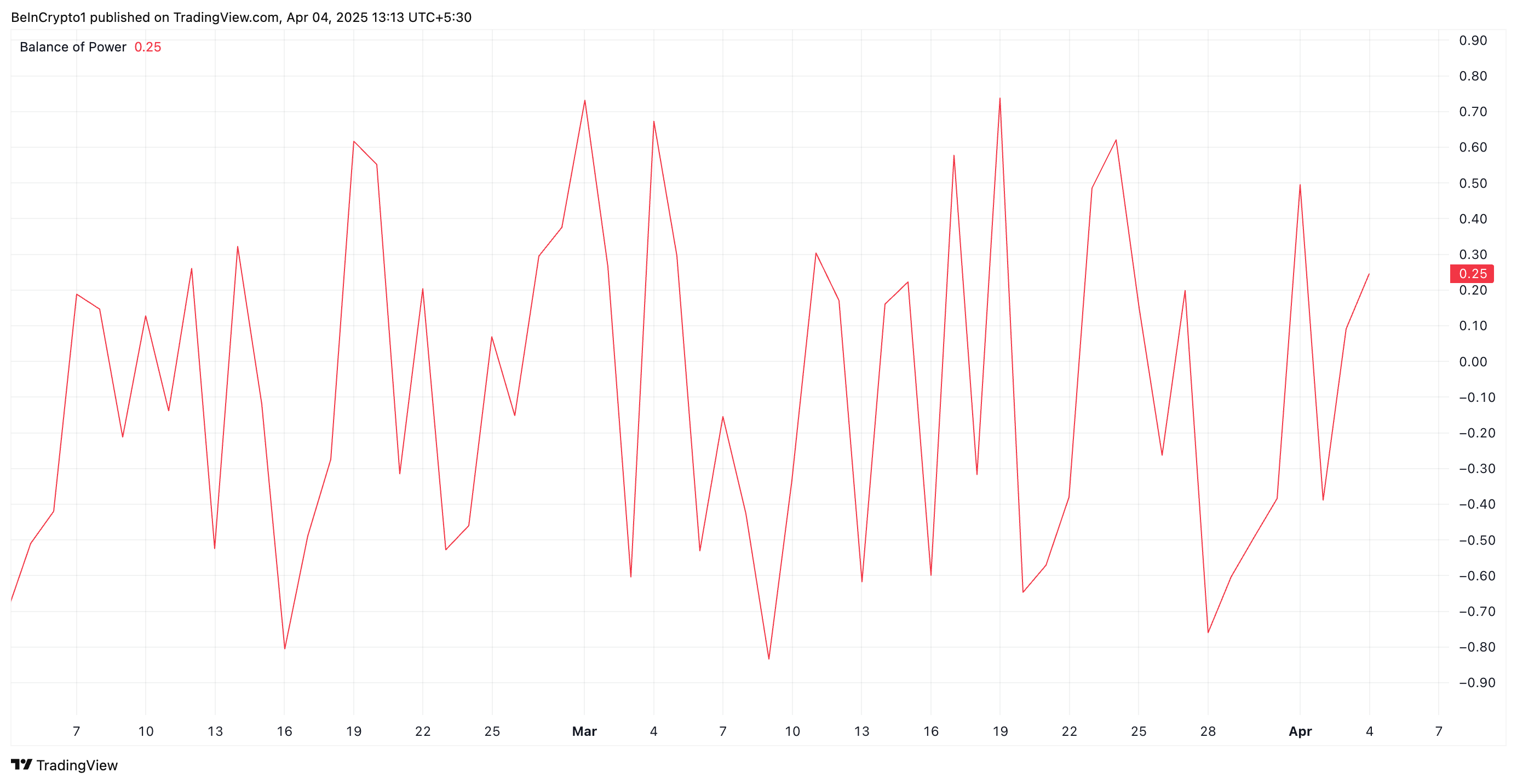
When an asset’s BoP is above zero, buying pressure is stronger than selling pressure, suggesting bullish momentum. This means HBAR buyers dominate price action, and are pushing its value higher.
HBAR Buyers Push Back After Hitting Multi-Month Low
During Thursday’s trading session, HBAR traded briefly at a four-month low of $0.153. However, with strengthening buying pressure, the altcoin appears to be correcting this downward trend.
If HBAR buyers consolidate their control, the token could flip the resistance at $0.169 into a support floor and climb toward $0.247.
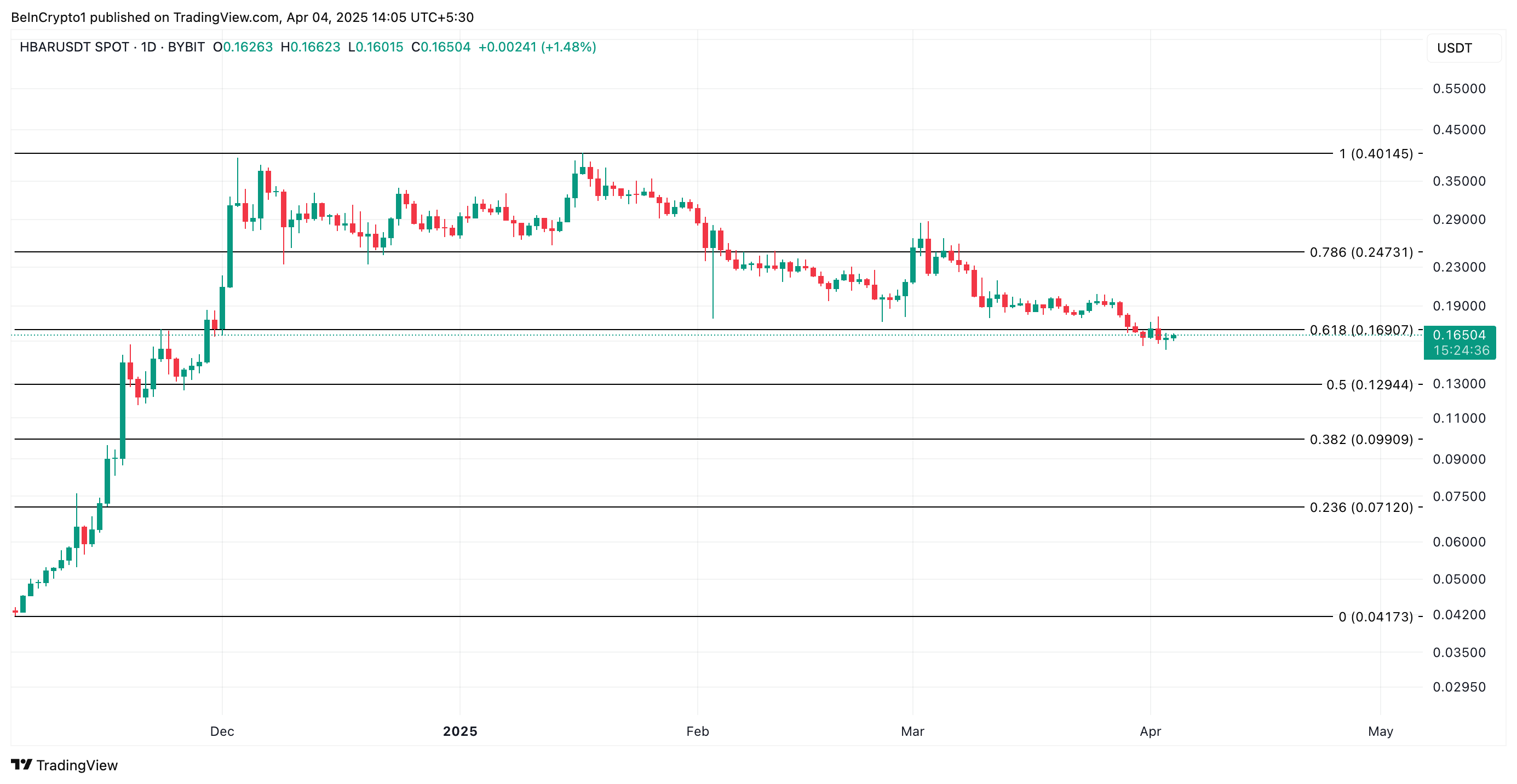
However, a resurgence in profit-taking activity will invalidate this bullish projection. HBAR could resume its decline and fall to $0.129 in that scenario.
Disclaimer
In line with the Trust Project guidelines, this price analysis article is for informational purposes only and should not be considered financial or investment advice. BeInCrypto is committed to accurate, unbiased reporting, but market conditions are subject to change without notice. Always conduct your own research and consult with a professional before making any financial decisions. Please note that our Terms and Conditions, Privacy Policy, and Disclaimers have been updated.
Market
Bitcoin is Far From a Bear Market But not Altcoins, Analysts Claim

Welcome to the US Morning Crypto Briefing—your essential rundown of the most important developments in crypto for the day ahead.
Grab a coffee to see how Bitcoin is holding firm above $79,000 despite a sharp equities sell-off. Markets are bracing for the March NFP report and rising recession risks. With Fed rate cuts on the table and ETF inflows staying strong, all eyes are on what’s next for macro and crypto markets.
Is Bitcoin in a Bear Market?
The highly anticipated March U.S. non-farm payrolls (NFP) report is due later today, and it’s expected to play a key role in shaping market sentiment heading into the weekend.
“With the key macro risk event now behind us, attention turns to tonight’s non-farm payroll report. Investors are bracing for signs of softness in the U.S. labour market. A weaker-than-expected print would bolster the case for further Fed rate cuts this year, as policymakers attempt to cushion a decelerating economy. At the time of writing, markets are pricing in four rate cuts in 2025—0.25 bps each in June, July, September and December,” QCP Capital analysts said.
Traditional markets are increasingly pricing in a recession, with equities retreating sharply—a 7% decline overall, including a 5% drop just yesterday. This broad de-risking environment helps explain the current pause in crypto inflows.
On the derivatives front, QCP adds:
“On the options front, the desk continues to observe elevated volatility in the short term, with more buyers of downside protection. This skew underscores the prevailing mood – uncertain and cautious.”
However, they also note that “with positioning now light and risk assets largely oversold, the stage may be set for a near-term bounce.”
Bitcoin remains resilient despite market volatility, holding above $79,000 with strong ETF inflows and signs of decoupling from stocks and altcoins. According to Nic Puckrin, crypto analyst, investor, and founder of The Coin Bureau: “Bitcoin is nowhere near a bear market at this stage. The future of many altcoins, however, is more questionable.”
Chart of the Day

Chances of a US Recession in 2025 jumped above 50% for the first time, currently at 53%.
Byte-Sized Alpha
– Major ETF issuers are buying Bitcoin, with $220 million in inflows showing strong confidence despite volatility.
– Futures show bullish BTC sentiment, but options traders remain cautious, signaling mixed market outlook.
– Coinbase is launching XRP futures after Illinois lawsuit relief, signaling growing regulatory support for crypto.
– Despite Trump’s tariff-driven crash, analysts see potential for a Bitcoin rebound—though inflation may cap gains.
– The Anti-CBDC bill passed a key House vote, aiming to block Fed-issued digital currencies and protect privacy.
– Today at 11:25 AM, Fed Chair Jerome Powell will deliver a speech on the U.S. economic outlook.
Disclaimer
In line with the Trust Project guidelines, this price analysis article is for informational purposes only and should not be considered financial or investment advice. BeInCrypto is committed to accurate, unbiased reporting, but market conditions are subject to change without notice. Always conduct your own research and consult with a professional before making any financial decisions. Please note that our Terms and Conditions, Privacy Policy, and Disclaimers have been updated.
-
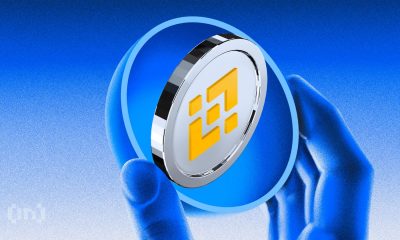
 Market23 hours ago
Market23 hours agoBinance Managed 94% of All Crypto Airdrops and Staking Rewards
-

 Market20 hours ago
Market20 hours agoWormhole (W) Jumps 10%—But Is a Pullback Coming?
-

 Altcoin20 hours ago
Altcoin20 hours agoAltcoin Season Still In Sight Even As Ethereum Struggles To Gain Upward Momentum
-

 Regulation22 hours ago
Regulation22 hours agoUS SEC Acknowledges Fidelity’s Filing for Solana ETF
-

 Market21 hours ago
Market21 hours agoRipple Shifts $1B in XRP Amid Growing Bearish Pressure
-
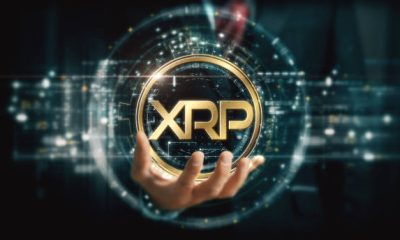
 Market22 hours ago
Market22 hours agoXRP Battle Between Bulls And Bears Hinges On $1.97 – What To Expect
-

 Market19 hours ago
Market19 hours agoBinance’s CZ is Helping Kyrgyzstan Become A Crypto Hub
-
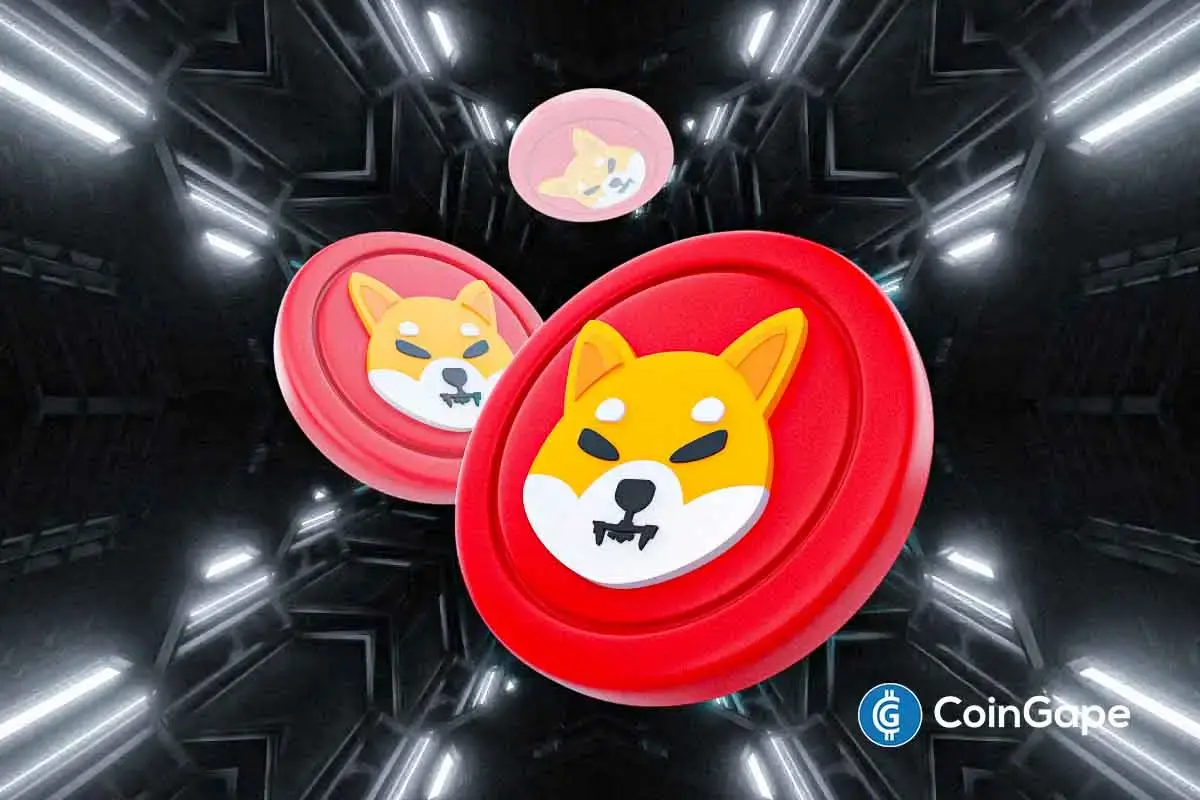
 Altcoin19 hours ago
Altcoin19 hours agoHere’s Why Is Shiba Inu Price Crashing Daily?




